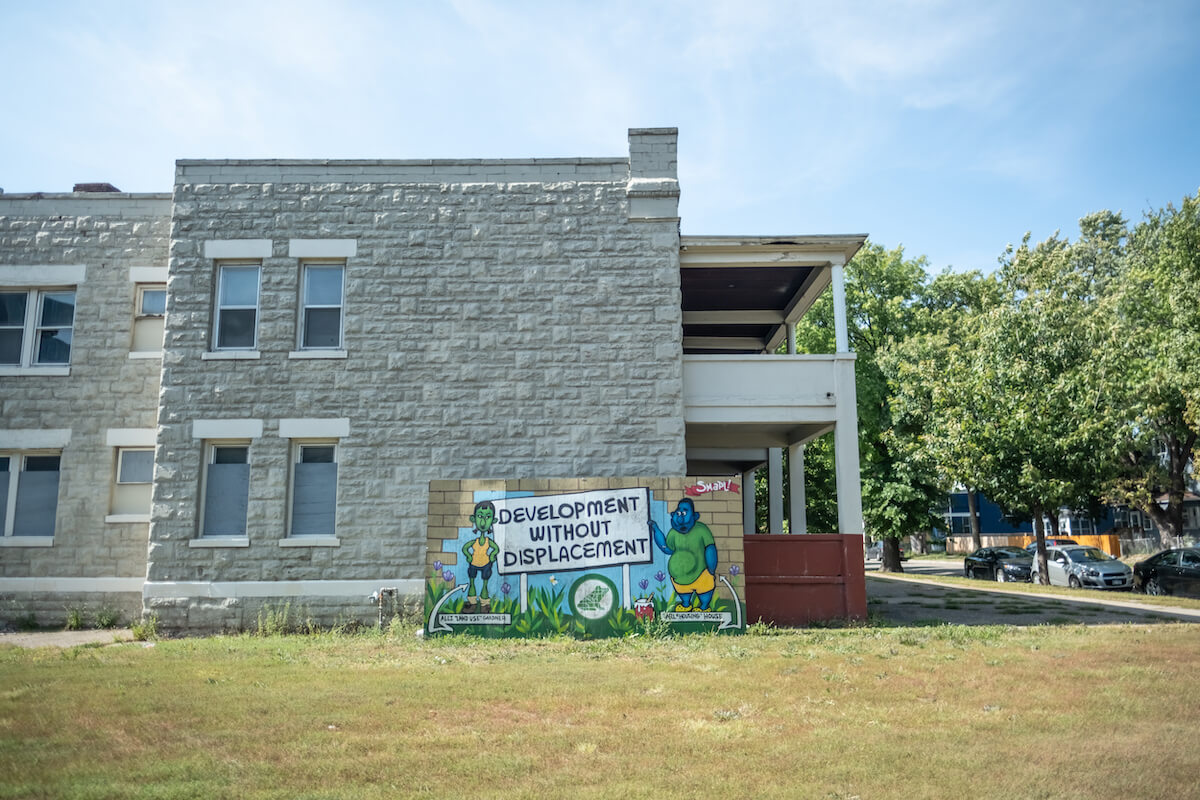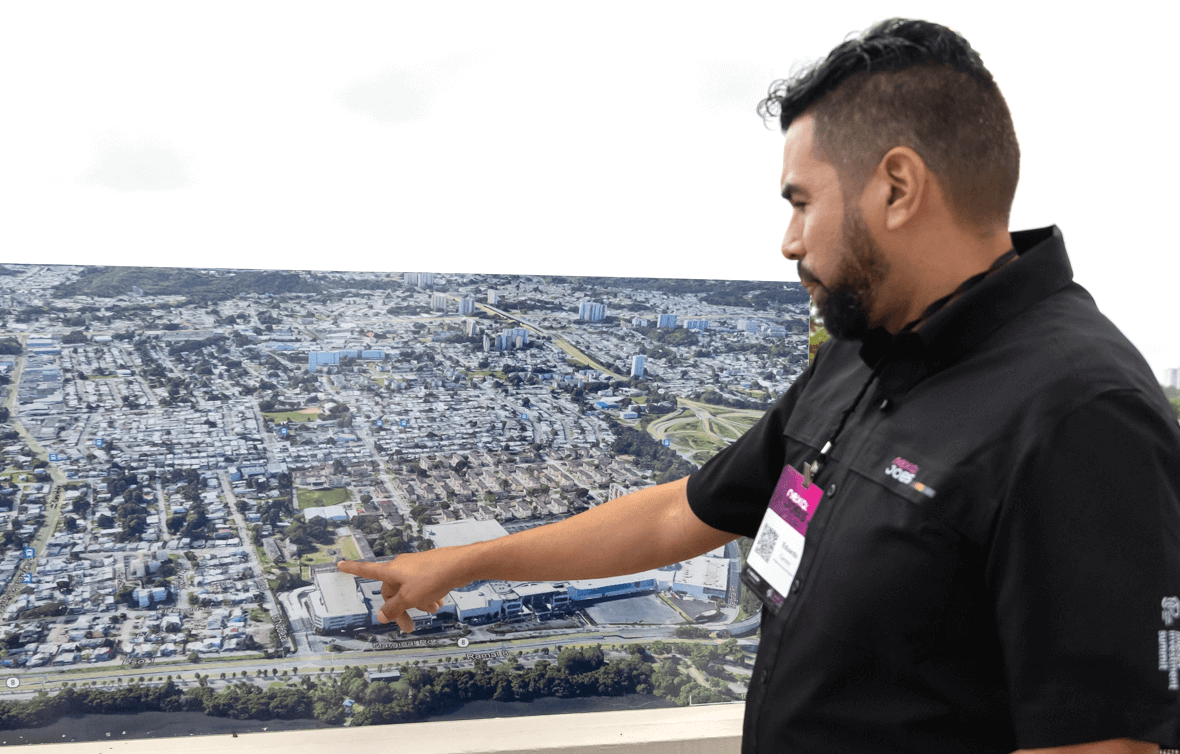ImpactAlpha, Dec. 1 – As the Trump administration was building walls and new restrictions, impact investors and innovative humanitarians were creating a marketplace of financing solutions for migrants and refugees (see, “A growing community of investors steers capital to solutions that benefit refugees”).
The network of investors, funds and companies driving affordable housing, healthcare, mobile banking and other solutions now provides blueprints and proof-points for the incoming administration of President-elect Joe Biden, who has signaled a Day-One reset on immigration.
“If there was ever a time for this kind of work to accelerate, it would be now,” says John Kluge. “We’re starting to actually see a track record in the field.” Kluge founded Refugee Investment Network to connect capital with solutions that benefit refugees.
The network’s latest report, “Building Inclusive Economies: Applications of Refugee Lens Investing,” catalogs successful strategies and makes the case for more philanthropic and “catalytic capital” to build the market.
Refugee solutions. Biden’s $4 billion Central America strategy aims to mobilize private capital for infrastructure investment, microfinance and inclusive banking with a focus on women. It should look to funds like SEAF’s Global Displaced Persons Fund, a multi-region equity fund backing entrepreneurs providing jobs, products and services to the forcibly displaced and their host communities; models like Ejido Verde, a pine resin company building incomes and wealth in indigenous communities in Michoacán; and companies like Bogota fintech Valiu, which provides same-day money transfers for unbanked migrants in Latin America.
Catalytic capital. Building the market for refugee investments is “going to require very intentional efforts on the part of investors and additional intermediaries,” says Kluge. “I don’t think this market builds itself.” Grant capital from a handful of family offices, private foundations and the USA for UNHCR, for example, helped Kiva extend no-interest loans to microfinance institutions to pilot refugee lending programs. The pilots dispelled risk concerns; lenders learned refugees repay at the same rate as non-refugees. Kiva has lent $17 million to 20,000 refugees.
Cohesive strategy. Kluge sees Biden’s comprehensive approach to climate as an example of the holistic approach needed to tackle migration challenges. Refugee investments target different stages of migration and every stage of company growth. Making deals work requires capital across the returns continuum, from public, impact-first and concessional financing to traditional and market rate investments. “If you can do it in climate, you can do it with migration,” Kluge says. “It’s about doing all of these things together and leveraging that work in a cohesive strategy.”











